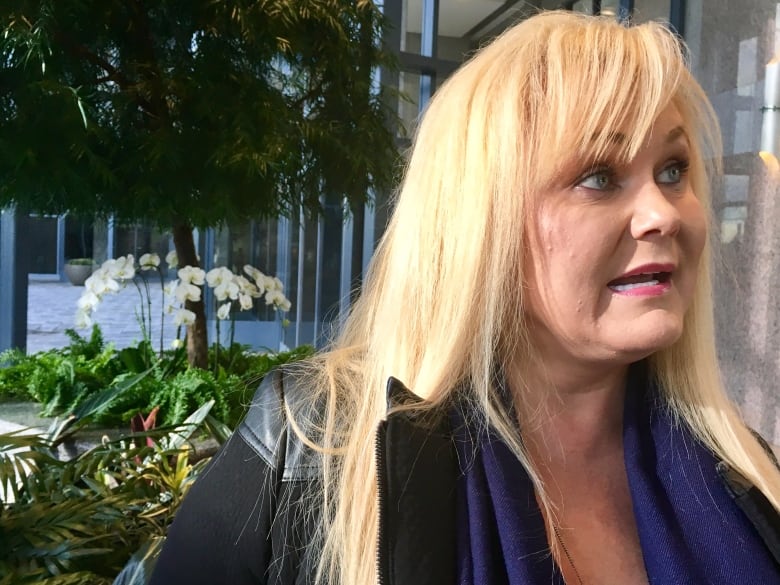Health centre claims it followed all procedures in overdose death of Brandon Jansen
20-year-old died of a fentanyl overdose while seeking treatment for his addiction

The owner of the health facility where 20 year-old Brandon Jansen fatally overdosed said her staff followed all appropriate procedures and no mistakes were made.
Melanie Jordan testified Friday at the coroner's inquest into the death of Jansen who died of an overdose at the Sunshine Coast Medical Centre March 7, 2016. He was seeking treatment at the facility for an addiction to fentanyl.
Jordan testified Friday she has interviewed staff and conducted a full review of the incident.
Inquest counsel Brian Mackie asked Jordan whether she found policies weren't followed or whether anything was missed by staff.
"No I did not," said Jordan.

She went on to explain that the incident was the most "shocking event" of her professional life and had a strong effect on staff.
"The aftermath of Brandon's death was a very solemn time. We did a lot of picking through stuff. We were also short of information about what had happened."
Throughout the week, the court heard testimony from the RCMP, fellow patients at the facility, doctors who treated Jansen as well as his mother and father.
Jansen's case became the flash point for the rising number of overdose deaths in B.C. A little more than a month after he died, the province declared a public health emergency, and the latest numbers show nearly 1,000 people have died of an overdose this year.
Jordan testified that Jansen seemed fine to staff in the days leading up to his overdose.
"Brandon seemed very motivated to everybody who talked to him," said Jordan.
"He seemed very engaged in the program and that he was enjoying himself … everything seemed great."
The only red flag, Jordan told the court, was five days after he arrived. After visiting him, his mother Michelle Jansen told staff her son seemed anxious and expressed a desire to "bolt" and leave the facility.
Jordan said staff followed up with Jansen, and a doctor recommended prescribing him anti-anxiety medication.
The next day, he went into medical distress and died at the facility.
How did drugs get into the facility?
What's still unclear is how the drugs that killed Jansen got into the Sunshine Coast Health Centre.
A theory that was alluded to during testimony is that they were inside luggage that was brought in by Michelle Jansen, Brandon's mother.
Michelle Jansen testified on Monday that she brought luggage in with Brandon and assumed they would be checked by staff. But Jordan testified on Friday that staff didn't recall any bags being brought in. She maintained that everything brought into the facility is checked by staff.
In testimony from staff and police, the court heard that Jansen was found dead in his room with bags of protein powder, a syringe and a vial of testosterone.
The other theory that's emerged through the proceedings is that drugs were brought into the facility by one or more fellow patients, whose names are protected by a publication ban.
Earlier this week, the patients testified that they snuck off the premises and returned later. Members of the RCMP testified this week that they were investigating allegations the patients bought drugs off-site.
No naloxone, no Suboxone
Outside the court, Michelle Jansen — who has been attending the inquest proceedings since the first day — said she doesn't believe staff were equipped to deal with her son.
"There were no policies in place for her staff to follow to ensure my son's safety and security and that of the other clients," said Jansen.
She said she believes the centre should not have accepted a patient with an opioid addiction without having naloxone available — the overdose reversing drug — and without the ability to prescribe Suboxone, a drug similar to methadone used to ween opioid addicts off of the drug.

During a press conference in November 2016, Jordan said had her staff been in possession of naloxone — and were able to administer it — they could have saved Brandon Jansen's life.
"They were very reassuring that this was going to be the best place for him. And I believed him and so did Brandon," said Jansen.
The inquest continues Jan. 23.